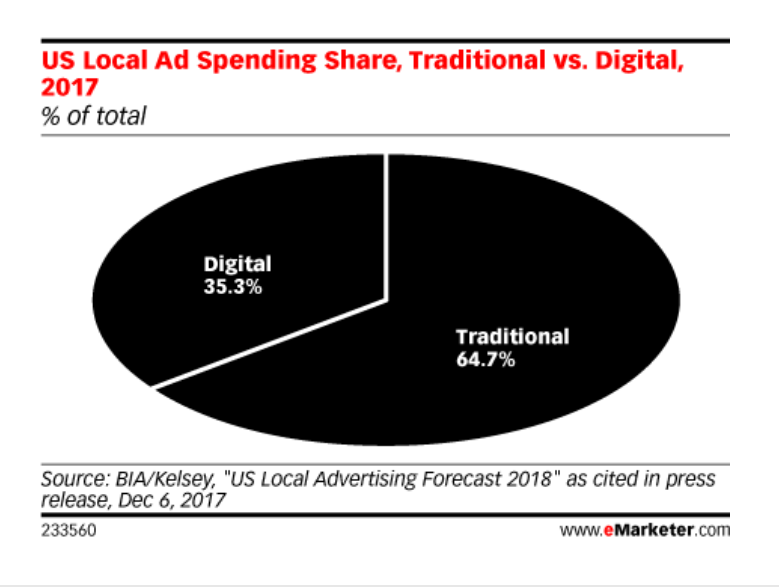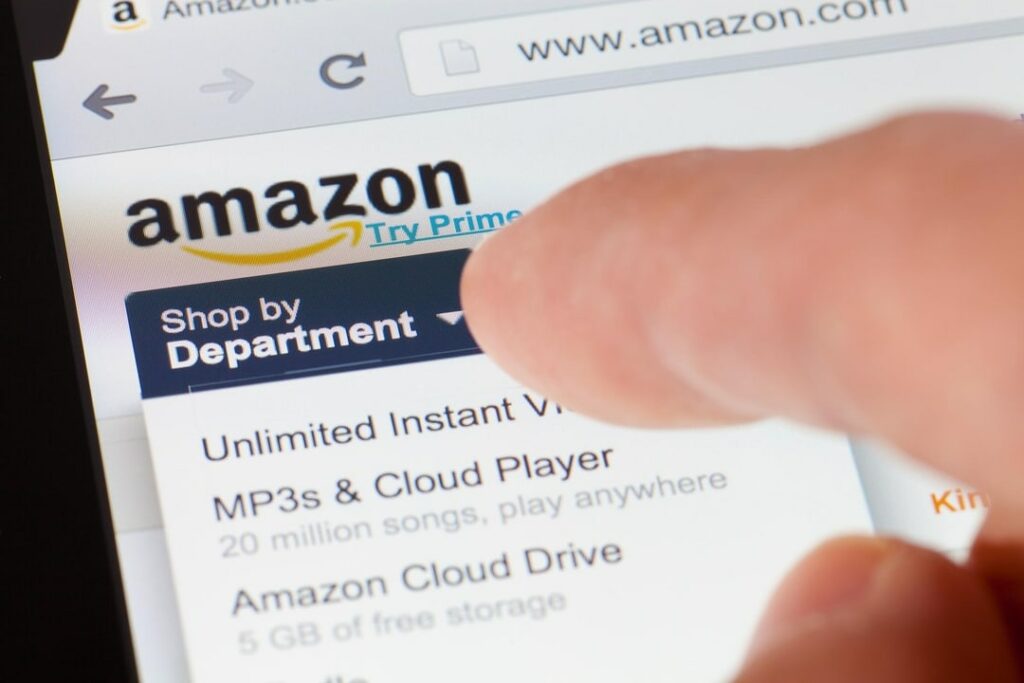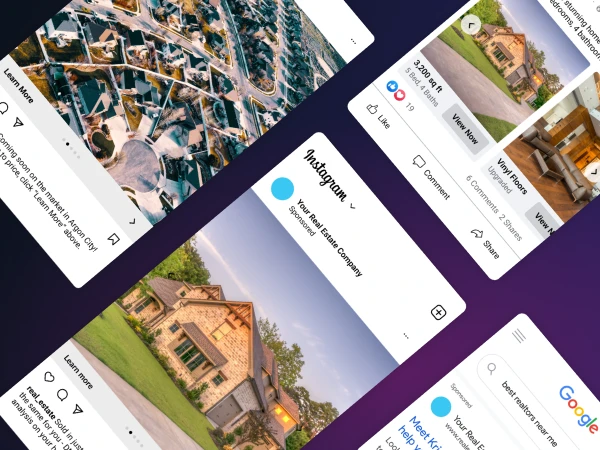
The massive opportunity found in traditional media’s continual dominance of local marketing
Share
Schedule a 30-min marketing strategy call with our team
It’s no big secret that digital media is dominating traditional media channels such as Radio, TV, and Print. In fact, by 2023 eMarketer predicts that digital media will account for two thirds of all media spending. This is a significant shift!
But with this rise in digital’s dominance, why is traditional media still overtaking digital when it comes to local marketing? A study published by BIA Advisory Services shows that out of the $151.2 billion spent on local marketing in the USA, 64.7% of it is spent on traditional media.

This begs the question: why are local businesses so keen on sticking to traditional marketing tactics, when large national advertisers are dramatically shifting spend to online channels?
The short answer is, digital is complex. Local businesses lack the time, expertise, data, and technology needed to run the same type of sophisticated, data-driven online marketing programs that dominate the national markets.
However, this presents an extraordinary opportunity for their parent brands and non-competitive partners, such as CRMs, portals, and marketplaces, for they possess the two critical components needed to help local businesses succeed, tech savviness and data! And, if done right, everyone wins while non-competitive partners build a new multi-million dollar revenue opportunity.
In the next section of this post, let’s drill into 4 reasons why local businesses struggle with local marketing.
4 reasons why local businesses are falling behind with online marketing
1. Local Businesses Lack Online Marketing Expertise
Large corporations have poured hundreds of millions of dollars into figuring out how to become successful at modern, data-driven online marketing. They spend money, gather and transform their data, analyze results, and repeat the cycle all over again. Local businesses simply don’t have the expertise, knowledge of current best practices, testing budget, or time to compete on this level.
It is safer and simpler for local businesses to continue to market using the practices that they have always used, mainly direct mail. In fact, during a keynote address at the National Association of Realtors Annual conference in San Francisco last November, Facebook reported that only about 3.5% of local businesses use Facebooks Ads to target their customer lists. This means that 96.5% of local businesses are not taking advantage of Facebook to connect with their customer base, ceding that critical advantage to their large competitors.
2. Lack of Data
Local businesses struggle when it comes to data. Data can be intimidating, and many don’t even know where to start. As a result, Facebook also reports only about 7.5% of local businesses use the ultra-valuable custom audience option of look-a-like targeting. This type of custom audience is a powerful targeting option that can unlock access to a pool of potential customers who share commonalities with existing customers. It’s extremely valuable, but it requires the use of data.
Businesses that do not use look-a-like targeting, leveraging CRM data customer data and website pixel data, are at a major disadvantage versus their larger competitors, who have tech teams to automate the collection and organization of their data. Larger competitors build and test custom look-alike audiences, and ultimately use them to find and reach new customer segments. Most small businesses lack the time and experience needed to execute audience testing with this level of sophistication.
3. Compliance and Changing Policy
The use of data in advertising has been a hot topic in public policy. From GDRP to CCPA and various state regulations, the legalities that govern real estate marketing, data use, and disclosure will continue to be in flux. With every change, the strategies that online marketers use must adapt.
For example, Facebook’s recent change to their HEC (Housing, Employment, Credit) policy removed the use of demographic and zip code in targeting for these regulated industries. Larger companies, who have deep data and best practice expertise, were able to quickly adjust. But for the local business owner, the ability to adapt audience targeting in this ever-changing environment was yet another challenge.
4. Priced Out of the Market
Using pay per click advertising on Google, as an example, large companies pour big bucks into campaigns. This drives up the cost for local keywords too. Take the keywords “mortgage” and “mortgage broker in Seattle”, the average cost per click is around $47. If a local broker wanted to receive 100 clicks, and their web page could convert leads at 3%, they would pay $1,566 per lead. These numbers may be sustainable for Bank of America, but not for your local independent mortgage broker.
What’s needed for local businesses to win in digital
For local businesses, non-competitive partners can come in and save the day. An example of this is BankRate.com (a portal) who spends big bucks in data driven marketing. Their investments bring large high-intent audiences to their website who are in-market to purchase financial services, like mortgages.
BankRate’s primary revenue stream is generated through a lead generation offering. But, imagine if they found a way to pipe localized high-intent audience data directly to Facebook, a less expensive channel then Google Search, which mortgage brokers could then leverage to activate their own ads targeted to their local slice of BankRate’s high-intent audience. Additionally, Look-a-like audiences could be created to expand the high-intent audience to find more local financial services buyers who share similarities with those actively shopping.
This new product offering would open an entire new revenue opportunity for BankRate.com without cannibalizing their onsite lead generation offering. With this new product, mortgage brokers could run affordable digital programs that can compete with, or replace, traditional direct mail marketing.
As you can see in this example, localized audience data that shows high purchase intent is the key asset digital needs to triumph over traditional in local marketing. This valuable data can come in the form of customer and prospect data that local businesses store in CRMs, or in real-time high-intent website search data created by buyers and sellers coming together in Portals and Marketplaces.
At Evocalize, we specialize in unlocking this exact opportunity for the non-competitive partners of local businesses. In fact, since the creation of our embedded online marketing technology, we have helped local businesses compete by running digital programs that have generated more than 8.5 million local leads using data from a non-competitive partner.
Based on our experience we have assembled 3 major hurdles that non-competitive partners need to overcome for their localized new ad products to be successful.
3 Hurdles that non-competitive partners need to overcome to capitalize on this local marketing opportunity
1. Unlocking and transforming data
Audience data needs to flow from the source (non-competitive partner) to the advertising partner (Google/Facebook) in the format that each partner needs for ingestion. After unlocking data, transformation will be needed. Additionally, the API requirements for channel partners, such as Facebook and Google, continually change. This creates a need for ongoing data hygiene and maintenance.
2. Monitoring local online marketing at scale
Running hundreds, if not thousands or tens of thousands, of congruently running campaigns has a unique set of challenges. A few examples are ad approvals, troubleshooting ad rejections, spending pacing, rate limits, handling erroneous API errors, and communicating program results.
To offer advertisers a high-quality program, a non-competitive partner may need to hire additional in-house talent. From an operations perspective, technologies and processes will need to be expanded to support this new offering
3, Self Service UI
We have found that a key driver of program adoption is the ability to simplify the process involved in launching an advertising program. We know that most local businesses don’t have the expertise to launch online advertising programs based on best practices.
This means an intuitive UI that simplifies the process program creation process is needed. Automation can be used to streamline the creation of ad creative, audiences, and configuration of best practices.
Conclusion
Local marketing is a massive revenue opportunity. Large, sophisticated marketing groups have already shifted their spend to where people are spending the most time today, online channels. Local marketers haven’t been able to follow suit because they lack the time, experience, data, and technology needed to launch sophisticated, data-driven online marketing programs.
This presents an opportunity for local business’ non-competitive partners, such as parent / sponsoring brands, CRMs, portals, and marketplaces to help their local partners by applying their tech savviness, sharing their data, and embedding a simple to use self-service advertising experience into their applications, while unlocking a net new revenue stream in the process. Now that’s a win/win.
Share
Subscribe to our blog
Don’t miss a beat in the fast-changing local digital marketing landscape — sign up to stay ahead of the curve!






